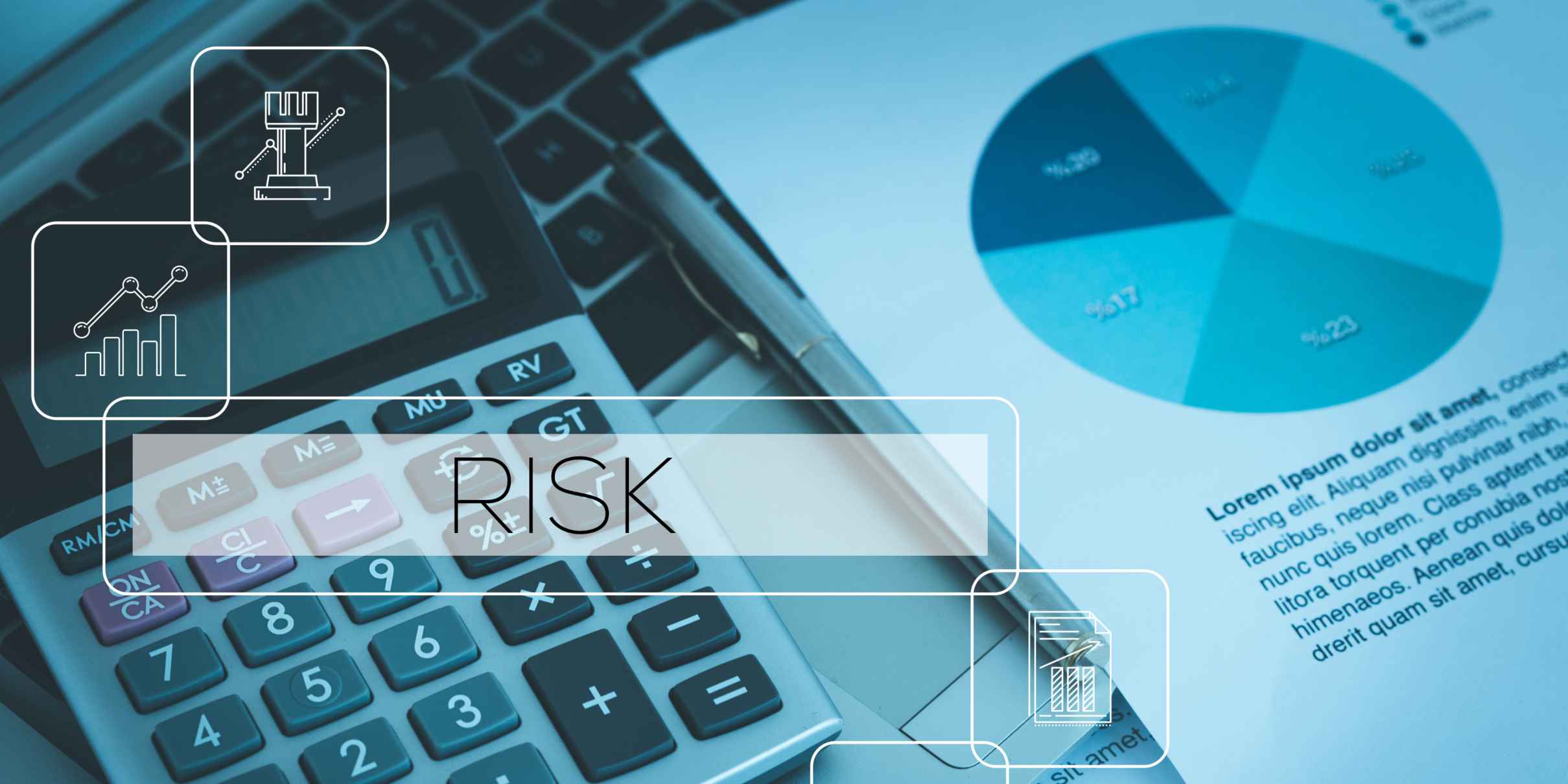Why ISMS Matters in 2025
The risk landscape is evolving faster than ever. Data breaches, supply chain exposures, AI-powered threats, remote work vulnerabilities, and stricter regulations like GDPR, DORA, and NIS2 are forcing organizations to treat information security as a board-level priority.
For risk and compliance leaders, an Information Security Management System (ISMS) is no longer a “nice to have.” It is a foundational framework that ties together policies, controls, people, and continuous improvement—ensuring you’re not only reacting to threats, but anticipating them.
This guide explains what ISMS is, how it works, how to implement it thoughtfully, and the benefits and costs you should consider.
What Is an ISMS?
An Information Security Management System (ISMS) is a formalized system of policies, processes, roles, and controls designed to manage information risks. Its aim is to preserve the confidentiality, integrity, and availability of information assets.
Key characteristics of a strong ISMS:
- Documented approach: policies, procedures, and clear ownership.
- Risk assessment & treatment: identify threats, evaluate likelihood and impact, and treat risks accordingly.
- Controls: preventive, detective, and corrective measures to mitigate risks.
- Monitoring & review: evaluate controls, perform audits, and ensure management oversight.
- Continuous improvement: adapt as threats evolve and the business changes.
Most ISMS implementations align with ISO/IEC 27001, the globally recognized standard for establishing, maintaining, and continually improving an ISMS.
How Does an ISMS Work?
Think of ISMS as a lifecycle of continuous improvement:
- Define Scope & Requirements
- Determine which departments, systems, or data fall under ISMS.
- Identify relevant regulatory, contractual, and business requirements.
- Risk Assessment
- Inventory information assets (data, systems, third parties).
- Identify threats and vulnerabilities.
- Assess impact and likelihood, prioritize risks.
- Risk Treatment & Controls
- Decide responses: mitigate, avoid, transfer, or accept.
- Implement controls: technical (firewalls, encryption), organizational (roles, training), procedural (incident response).
- Documentation & Policy Framework
- Maintain policies, risk treatment plans, and a Statement of Applicability.
- Ensure version control and audit trails.
- Training & Awareness
- Educate employees on their ISMS responsibilities.
- Conduct drills and awareness campaigns.
- Monitoring, Audit & Review
- Track control effectiveness, perform internal audits, and management reviews.
- Address non-conformities and drive corrective actions.
- External Audit / Certification (optional)
- Engage an accredited body to certify against ISO 27001.
- Maintain certification with annual surveillance audits and continuous improvement.
ISMS vs ISO 27001: What’s the Difference?
Key Components of a Strong ISMS
The importance of information security cannot be overstated. A strong ISMS combines structure, leadership, and culture to create a resilient organization capable of adapting to evolving threats. Below are the pillars that every successful ISMS rests on:
- Leadership & Governance – An ISMS succeeds only if leadership takes ownership. Executive sponsorship, clear accountability, and defined roles ensure that information security is embedded into strategic and operational decision-making.
- Risk Assessment Framework – A consistent and transparent approach to identifying, scoring, and prioritizing risks ensures alignment with organizational risk appetite and regulatory requirements. This framework allows leaders to focus resources where they matter most.
- Controls – Technical, organizational, and administrative controls form the backbone of risk treatment. Firewalls, encryption, segregation of duties, and awareness programs must work in harmony to reduce risks to acceptable levels.
- Documentation & Evidence – Policies, risk treatment plans, and audit trails are essential for accountability. Well-structured documentation also makes it easier to demonstrate compliance during audits or supervisory reviews.
- Awareness & Culture – Security is not just about technology; it’s about people. Regular training and clear communication foster a culture where employees understand their role in protecting information.
- Monitoring & Audits – Dashboards, metrics, and internal audits provide ongoing oversight. Continuous improvement ensures the ISMS adapts as threats evolve and business priorities shift.
How to Implement an ISMS
Most organizations begin their ISMS journey by setting clear objectives, engaging senior leadership, and involving key stakeholders. From there, implementation unfolds in stages that gradually embed ISMS into daily operations:
- Secure leadership commitment and allocate resources – Without buy-in from the top, ISMS projects stall. Ensure adequate funding, time, and expertise.
- Define scope – Decide which units, systems, and assets fall under the ISMS. Avoid overly broad scopes that overwhelm or overly narrow scopes that miss critical risks.
- Conduct a gap analysis – Compare your current practices against ISO 27001 or internal requirements to identify strengths and weaknesses.
- Perform risk assessment & treatment – Map risks, assign scores, and select controls aligned with your risk appetite.
- Develop policies & train staff – Create clear policies, then ensure employees understand their responsibilities through targeted training.
- Implement controls and monitor – Put the designed controls into practice, track effectiveness, and adjust when needed.
- Run internal audits – Test whether your ISMS functions as intended and identify areas for improvement.
- Pursue certification (if desired) – External certification adds credibility with regulators and partners but is optional.
- Maintain & evolve – Review risks regularly, update controls, and respond to incidents to keep the ISMS effective.
Common Challenges
Even with the best intentions, organizations often stumble during ISMS implementation. Understanding common pitfalls upfront helps avoid costly mistakes:
- Underestimating resources needed – ISMS requires dedicated budget, skilled staff, and ongoing commitment.
- Poor scope definition – A scope that is too broad becomes unmanageable, while one too narrow leaves critical risks uncovered.
- Staff resistance or lack of awareness – Without a culture of compliance, policies remain unused.
- Documentation and evidence burden – Organizations often underestimate the effort needed to maintain accurate, up-to-date documentation.
- Risk of “set and forget” – An ISMS must evolve continuously; otherwise, it becomes outdated and ineffective.
Benefits of ISMS for Risk & Compliance Leaders
When implemented effectively, an ISMS is more than compliance—it becomes a driver of strategic value:
- Improves security posture – Reduces the likelihood and impact of breaches, outages, or data loss.
- Meets regulatory obligations – Provides a structured framework that supports GDPR, DORA, NIS2, and other regulations.
- Builds trust – Demonstrates to customers, partners, and auditors that your organization takes security seriously.
- Boosts efficiency – Standardized processes reduce ad-hoc firefighting and free resources for strategic priorities.
- Reduces costs long-term – Strong ISMS practices lower the risk of fines, reduce incident-related losses, and can lead to lower insurance premiums.
Cost of Implementing an ISMS in 2025
Implementing an ISMS involves both upfront and ongoing investments. The total cost depends on organization size, scope, and whether certification is pursued:
- Preparation (gap analysis, training, documentation): €9,000–€55,000+ depending on maturity.
- External Certification Audit: typically €4,500–€14,000 for SMBs; higher for large organizations.
- Ongoing Surveillance Audits: conducted annually, often 30–60% of the initial audit cost.
- Maintenance & staff time: includes ongoing monitoring, policy updates, and regular training.
Using automation and integrating ISMS into a GRC platform can significantly reduce cost and time to maturity.
FAQs About ISMS
Q: Do we always need ISO 27001 certification?
A: No. Certification gives credibility and market advantages, but it’s optional. Many organizations implement an ISMS without going for certification, using it internally to manage risk and compliance.
Q: How long does it take to implement a working ISMS?
A: Depending on size and starting point: small‑ to medium‑sized organizations can often have a basic ISMS in place in 3‑6 months; full certification might take longer.
Q: Will an ISMS slow down innovation?
A: If implemented poorly, yes. But a well‑designed ISMS integrates with business objectives, doesn’t gatekeep unnecessarily, and balances control with agility.
Q: Can an ISMS help with other compliance regimes?
A: Yes. Because many controls overlap (data protection, availability, confidentiality), a strong ISMS often supports compliance with GDPR, DORA, NIS2, etc.
Conclusion
An ISMS is far more than a compliance requirement—it’s a tool for building resilience, trust, and strategic foresight. For risk & compliance leaders in 2025, it's about choosing structure over chaos, proactive risk management over reactive firefighting.
At CERRIX, we believe ISMS implementations should be practical, measurable, and integrated with your wider GRC strategy. Whether you’re refining risk workflows, preparing for ISO 27001, or seeking continuous improvement, adopting a strong ISMS can meaningfully reduce risk, increase compliance confidence, and help your organization lead with security and trust.
Spreadsheets vs. GRC Tools: Elevating Risk & Compliance Management
Accessible popup
Welcome to Finsweet's accessible modal component for Webflow Libraries. This modal uses custom code to open and close. It is accessible through custom attributes and custom JavaScript added in the embed block of the component. If you're interested in how this is built, check out the Attributes documentation page for this modal component.

%20(1).jpg)
.jpg)
.jpg)
.jpg)
%20(1).jpg)
.jpg)
.jpg)
.jpg)

.jpg)
.jpg)





.jpg)

%20(2).jpg)
















%20(1)%20(2).jpg)





.jpg)

.png)
.jpg)






%20(1).avif)



